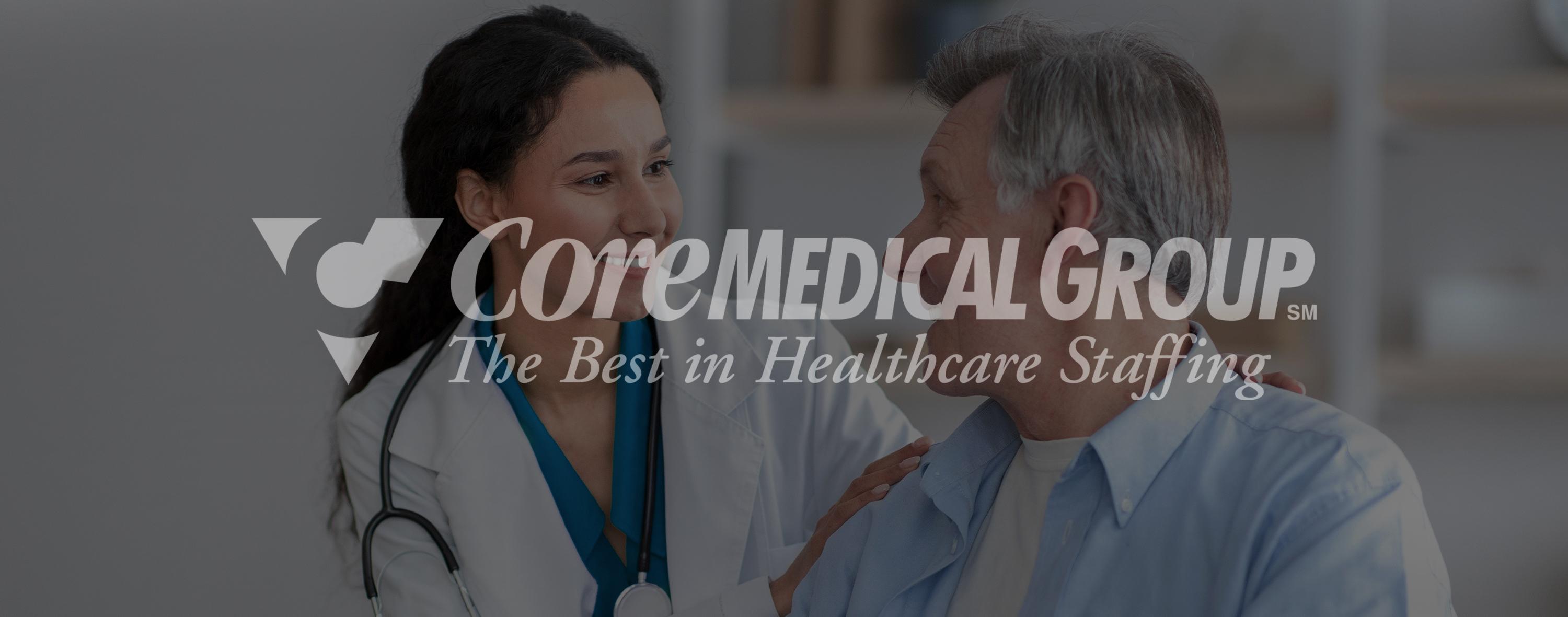
Each year, 600,000 knee replacements and 310,000 hip replacements are performed in the United States. More and more people are experiencing back pain and foot problems, with many of these issues stemming from non-traumatic causes. This means that menial everyday tasks, like walking, are the likely culprits. When functional movement becomes dysfunctional, that's where aches and pains begin.
As babies, we crawled using a reciprocal swing pattern: The left arm and right leg would move forward, which pulled back on the opposite limbs. The same thing happens when we walk upright. Without thinking about it consciously, we use the same general pattern. We walk with our right arm swinging forward while our left leg performs the same action. Simultaneously, the left arm and right leg are in extension.
The sling system
The anterior and posterior obliques create a "sling system," which helps rotate your thoracic region. This balances your body while your limbs move in the reciprocal swing pattern, helping to keep you upright while you walk around. Thoracic rotation (via the sling system) is not only used for the ultimate functional movement of walking, but is also an integral part of running, throwing, chopping wood, starting a lawn mower, kicking, punching, and swinging a bat, tennis racket, or golf club.
The anterior oblique system consists of the external obliques, internal obliques, and contralateral adductors. The posterior oblique system consists of the latissimus dorsi working with the contralateral gluteals. An efficient sling system makes for an efficient gait, stopping inefficient lateral movements in the spine and throughout the body. A lack of thoracic rotation will cause compensations to be made in the hips, knees, and feet. These compensations can lead to imbalances, joint degeneration, and pain.
How this all works:
Anterior Oblique System (AOS): When we take a step forward with the right leg, the right internal obliques and left external obliques concentrically contract to rotate the torso to the right side. The right adductors work with both obliques to maintain a neutral femur. The opposite phenomenon happens with the opposite leg.
Posterior Oblique System (POS): During the pushing phase of gait, the gluteus maximus contracts and extends the leg, while the opposite latissimus dorsi muscle contracts and extends the arm. This contraction at the posterior oblique sling creates tension in the thoracolumbar fascia (lower back), which helps to stabilize the side of the sacroiliac joint of whichever leg is in contact with the ground.
As walking speed increases and we start running, activation and control of the oblique systems become more pronounced. The high-velocity movements necessary for sporting activities, such as fighting, tennis, soccer, and hockey, require a full range of controlled thoracic rotation. The stability the slings create in the thoracolumbar fascia and sacroiliac joint creates a stable point of reference for the body to have efficient mobility without causing faulty compensation patterns.
Wait a minute!
What about the squat or deadlift? These movements are certainly functional, as you have to squat in order to sit, and a deadlift is a functional movement to lift an object from the ground. A physical therapist should absolutely teach proper squat and deadlift functional mechanics. However, in everyday life, the squat rarely goes past 90 degrees with a heavy load on the back, and when we perform the deadlift motion to lift something off the ground, that object being lifted is rarely heavy. Compared to how often we perform the motion of walking, those movements in the reality of functional everyday life are minuscule in proportion. So the point is, focus on what is likely causing a patient's injury, and chances are, that movement dysfunction is rearing its ugly head while your patient is upright.
Food for thought about functional movement:
From movements as primal and basic as crawling, to complex movements like swinging a golf club, the body's mobility is integrated via the anterior and posterior oblique systems. Knowing that these systems are present throughout our most basic actions should call to mind the S.A.I.D principle (Specific Adaptation to Imposed Demand) and lead us to pause and re-evaluate how we train our patients. At the very least, incorporating thoracic rotation mobility and stability training could be an absolute game changer for your patients.
Inspired by: Functional Patterns
